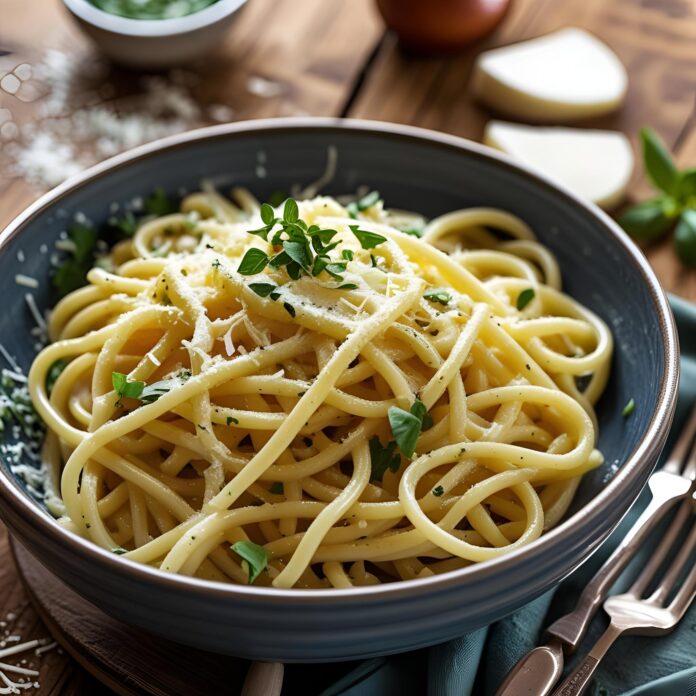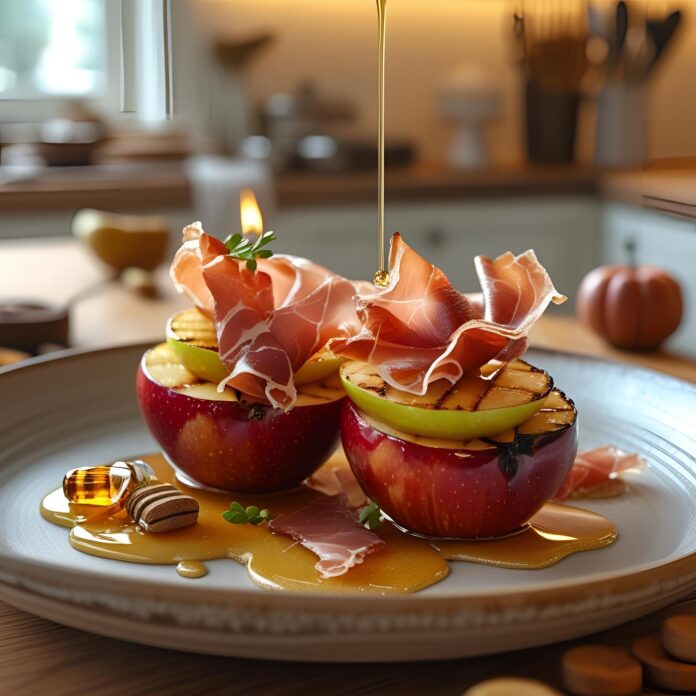Crispy Fried Chicken Sliders Recipe
Few things ignite universal enthusiasm quite like fried chicken. Its golden, crackling crust and tender, juicy interior appeal to nearly every palate, transcending age, culture, and cuisine. Now, take that indulgent delight, scale it down to handheld size, nestle it between soft, pillowy buns, and you have something that borders on obsession: crispy fried chicken sliders.

These bite-sized sandwiches are more than just a miniaturized version of a full-size fried chicken burger. They embody everything we crave in comfort food—flavor, texture, indulgence—in a format that’s perfect for sharing, entertaining, or simply satisfying a serious craving. Whether served as an appetizer, part of a game-day spread, or the star of a weeknight dinner, crispy fried chicken sliders strike the perfect balance between familiar and festive.
In recent years, the slider has experienced a renaissance. Once considered a novelty or a late-night diner staple, sliders have made their way into high-end kitchens, food trucks, and home kitchens alike. The rise of fast-casual gourmet has helped elevate the humble slider, with chefs experimenting with artisan buns, unique sauces, and inventive toppings. Yet, at the heart of it all, one combination consistently rises above the rest: a juicy, crunchy piece of fried chicken tucked into a warm bun.
What makes this dish particularly special is its versatility. You can keep it classic—with a tangy slaw and spicy mayo—or you can branch out, adding pickles, honey butter, cheese, or even kimchi for a global twist. The base recipe remains solid: brined or marinated chicken, perfectly dredged and fried, and served with complementary flavors that cut through richness and add depth.
And then there’s the texture. The slider bun, soft and slightly sweet, is the perfect contrast to the shattering crisp of the chicken’s coating. Each bite delivers crunch, tenderness, heat, and savory satisfaction in equal measure. It’s a sensory experience as much as it is a meal.
This recipe is about more than just assembling ingredients—it’s about mastering the art of the perfect fry, choosing the right cut of chicken, achieving a batter that’s both light and crisp, and crafting balance with every condiment and topping. It’s about giving respect to a dish with deep cultural roots and modern appeal.
As we journey through the story and creation of crispy fried chicken sliders, we’ll explore the traditions that inspired this dish, the science behind deep-frying, and the ways you can make it entirely your own. From Southern soul food to Korean street snacks, fried chicken is a symbol of culinary joy around the world. The slider simply offers a new way to experience that joy—no utensils required.
So, whether you’re a seasoned home cook looking for your next signature dish, a food lover chasing the perfect bite, or a host planning your next get-together, these sliders are your ticket to something unforgettable.
A Tale of Two Legends: The History of Fried Chicken Sliders
The crispy fried chicken slider may seem like a product of the modern food scene, but its components—fried chicken and small sandwiches—each have centuries of history behind them. Their eventual fusion into the fried chicken slider is a culinary evolution born of migration, innovation, and the enduring human desire for flavorful, convenient food.
The Long and Flavorful Journey of Fried Chicken
Fried chicken’s history is far more complex and global than many realize. While it’s often associated with the American South, its roots reach much deeper—across continents and centuries.
The technique of frying meat dates back to ancient civilizations. The Scots are credited with introducing deep-frying to the British Isles, preferring to fry rather than bake their meats, including chicken. Meanwhile, West African culinary traditions included the deep frying of seasoned poultry in palm oil—a technique that added deep flavor and intense crispiness.
When these cultures came into contact in the American South, particularly during the era of the transatlantic slave trade, their food traditions merged. Enslaved Africans, who brought rich culinary knowledge with them, incorporated seasonings and spices into the basic fried chicken technique. Over time, this fusion created a distinctly Southern dish—one that combined Scottish frying methods with African spice blends and cooking expertise.
As Southern fried chicken evolved, it became a staple in both Black and white communities across the South, cherished for its flavor, affordability, and convenience. It was portable, could be eaten hot or cold, and made from a protein that was widely available. By the early 20th century, fried chicken had become a national icon—and eventually, a global one.
The Rise of the Slider: Small Sandwich, Big Impact
The concept of the slider—a small, usually bun-based sandwich—has a more recent, but equally compelling, history. The term “slider” was first popularized by White Castle in the 1920s. Their tiny, greasy burgers were inexpensive and designed to be eaten quickly—so small and easy to eat that customers could slide several down in a single sitting.
White Castle’s signature square burgers came with steamed buns and diced onions, and they sold for just a few cents each. Their uniformity and affordability made them a hit with working-class Americans, and soon, the concept of the slider spread beyond just burgers. By the late 20th and early 21st centuries, chefs began to reinterpret sliders with gourmet ingredients: pulled pork, lamb, mushrooms, falafel—and of course, fried chicken.
The slider offered chefs an opportunity to play with flavor in a compact format. They could offer variety, show off creativity, and appeal to adventurous diners without overwhelming them with massive portions. For diners, sliders became the perfect finger food—easy to share, snack on, or sample in flights.
The Convergence: Fried Chicken + Slider = Culinary Perfection
The exact moment the fried chicken slider was born is hard to trace, but its rise in popularity began in earnest in the early 2000s. As Southern cuisine experienced a renaissance in restaurants across the U.S., chefs looked for ways to reinterpret traditional dishes in new formats. Fried chicken, already beloved in multiple forms—from wings to tenders to sandwiches—was a natural fit.
Meanwhile, the concept of chicken sandwiches was evolving. Chick-fil-A, Popeyes, and other chains had already made fried chicken sandwiches a fast-food staple. Then came the “chicken sandwich wars” of the late 2010s, where major brands competed for the public’s attention with spicier, crispier, juicier takes on the classic fried chicken sandwich. Sliders emerged as the next iteration—perfect for parties, events, or anyone who wanted the fried chicken sandwich experience in two or three satisfying bites.
Chefs started elevating the fried chicken slider by brining the chicken in buttermilk or pickle juice for added moisture and flavor. They created signature spice blends for the dredge, and experimented with toppings like coleslaw, aioli, honey butter, pickled jalapeños, and artisan pickles. They began using brioche, Hawaiian rolls, or even custom-baked slider buns. The possibilities became endless, and the demand exploded.
Today, crispy fried chicken sliders are everywhere—from trendy brunch spots in Los Angeles to night markets in Seoul, street food vendors in London, and food trucks in Austin. They’re served at weddings, Super Bowl parties, late-night food festivals, and backyard barbecues. They’re Instagram-famous and TikTok-viral. But at their core, they remain grounded in simple pleasure: crispiness, juiciness, and bold flavor, all in the palm of your hand.
Crispy Fried Chicken Sliders Recipe
Few things ignite universal enthusiasm quite like fried chicken. Its golden, crackling crust and tender, juicy interior appeal to nearly every palate, transcending age, culture, and cuisine. Now, take that indulgent delight, scale it down to handheld size, nestle it between soft, pillowy buns, and you have something that borders on obsession: crispy fried chicken sliders.
Ingredients
- For the Chicken:
- 1 lb boneless, skinless chicken thighs or breasts (cut into slider-size pieces)
- 1 cup buttermilk
- 1 teaspoon hot sauce (optional)
- 1 teaspoon salt
- ½ teaspoon black pepper
- ½ teaspoon garlic powder
- ½ teaspoon paprika
- For the Breading:
- 1 cup all-purpose flour
- ½ cup cornstarch
- 1 teaspoon salt
- 1 teaspoon paprika
- ½ teaspoon cayenne pepper (optional)
- ½ teaspoon black pepper
- For Frying:
- Vegetable oil for deep frying
- For Assembling:
- 8 slider buns (brioche or Hawaiian rolls work great)
- Pickles (sliced)
- Mayo or spicy aioli
- Shredded lettuce or coleslaw (optional)
- Cheese slices (optional)
Instructions
- Marinate the Chicken:
In a bowl, mix buttermilk, hot sauce, salt, pepper, garlic powder, and paprika.
Add chicken pieces, coat well, cover, and refrigerate for at least 1 hour (up to overnight for more flavor). - Prepare Breading:
In a shallow dish, combine flour, cornstarch, salt, paprika, cayenne, and black pepper. - Bread the Chicken:
Remove chicken from the marinade, letting the excess drip off.
Dredge each piece in the flour mixture, pressing firmly to coat well. Set aside on a rack for 5–10 minutes to help the coating stick. - Fry the Chicken:
Heat 2–3 inches of oil in a deep pot to 350°F (175°C).
Fry chicken pieces in batches until golden brown and cooked through (internal temp of 165°F), about 4–6 minutes depending on thickness.
Drain on a wire rack or paper towels. - Assemble the Sliders:
Toast buns lightly.
Spread mayo or spicy aioli on bottom bun.
Add fried chicken, pickles, lettuce or slaw, and cheese (if using).
Top with bun and serve immediately.
Notes
- Cornstarch: Helps create a crispier crust when combined with flour.
- Spicy Version: Add a dash of hot sauce to the mayo or use a spicy slaw.
- Make Ahead: Chicken can be marinated the night before. Fry right before serving for best crispiness.
- Serving Tip: Great with fries, chips, or a simple green salad.



